Video: How to Grow, Harvest and Cook White Asparagus
Ever wondered what the difference is between white and green asparagus? It’s not hard to grow or cook white asparagus, but it does take a lot of dedication. This video demonstrates how to grow and burying the white asparagus to deprive the spears of light and ultimately color, so it doesn’t turn green.
In Sonoma County wine country, white asparagus season typically begins in March, but it can happen as early as January in warm winter years. (El Niño years, characterized by unusually warm temperatures in the Pacific Ocean near the equator, often cause early winter harvests in our garden.)
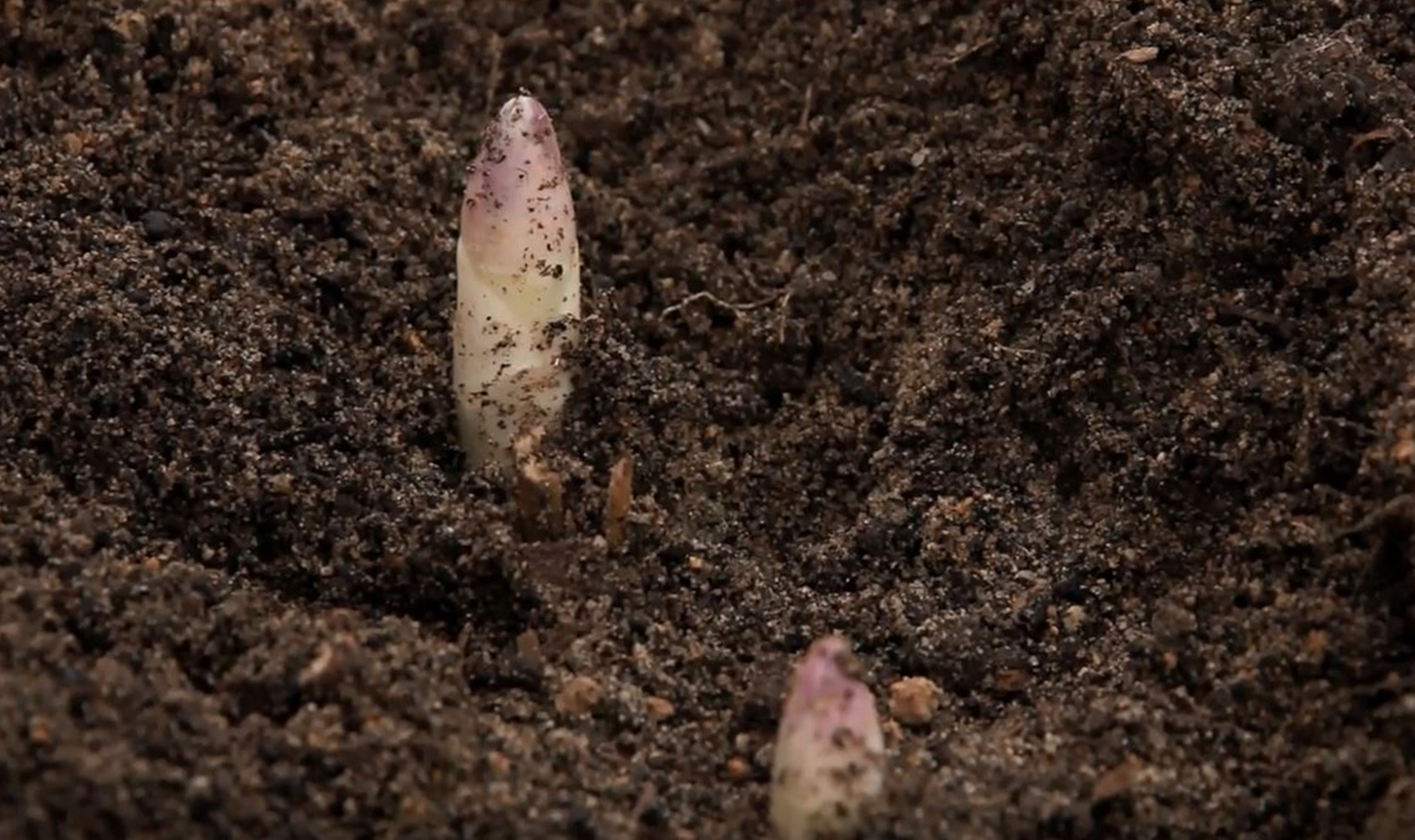
How to Grow White Asparagus
Because all asparagus will turn green if it’s exposed to sun, white asparagus must be buried in soil every day to keep it from receiving sunlight. Each morning, our gardener or sous chef will go to the white asparagus beds and form tiny mounds of dirt over the white asparagus spear tips. They look like tall, steep ant hills.
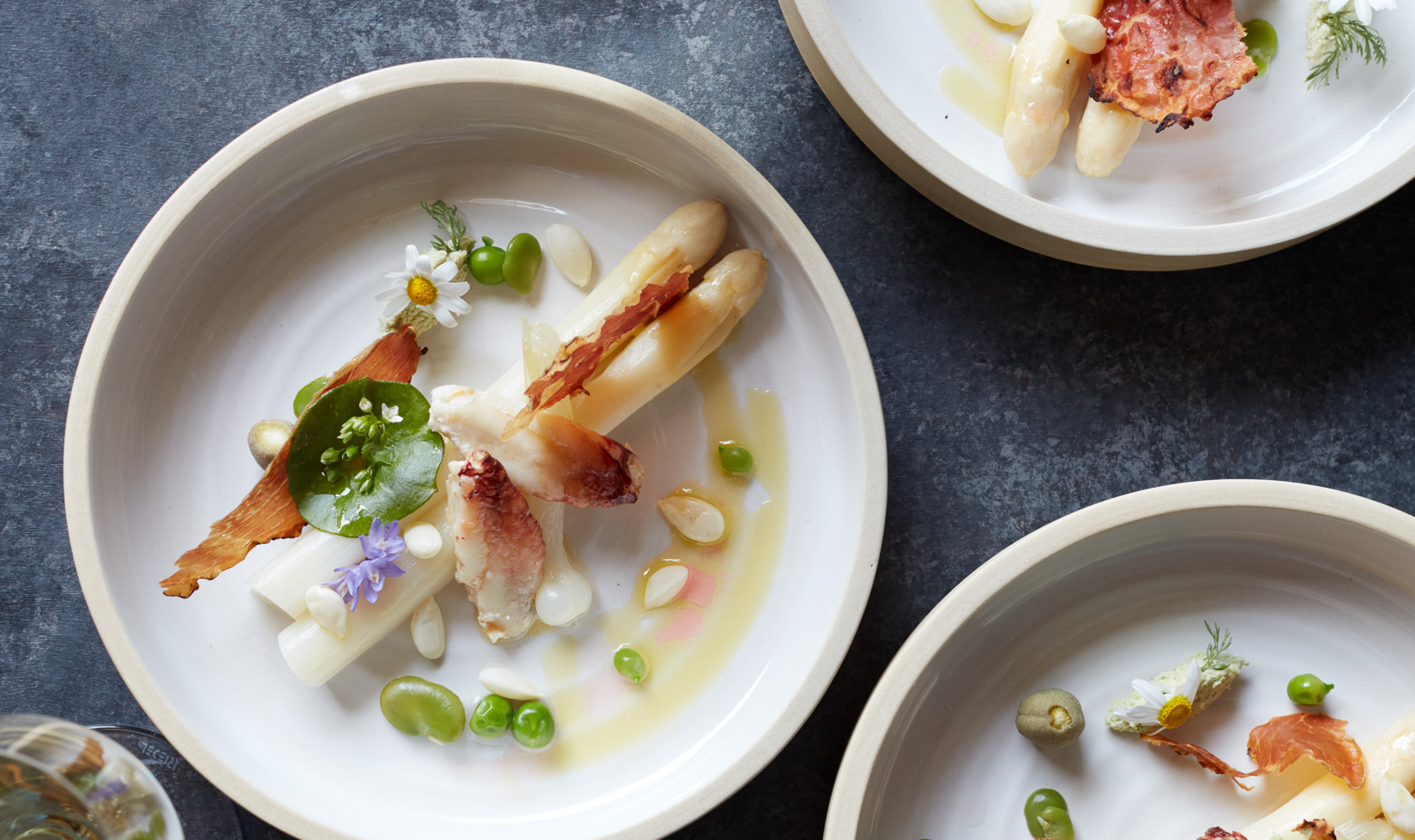
How to Cook White Asparagus
After two weeks of burying white asparagus spears, the white asparagus is ready to be unburied, harvested near the base and taken up the hill to our winery kitchen, where the white asparagus is peeled. We recommend tying the spears with string (both efficient and protective, as white asparagus is more brittle than green) before boiling to protect the vegetable from damage. Cook white asparagus at a low boil until tender, about six minutes, and blanch in an ice bath to arrest the cooking. Chilled white asparagus can be served with a number of different sauces, such as aioli, or simply drizzle with extra virgin olive oil and lemon with salt and pepper.
Looking for a white asparagus recipe? Try my Hanger Steak and Asparagus Salad.

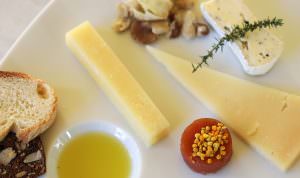
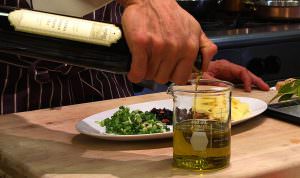
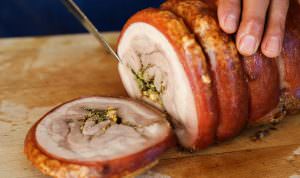
Pingback: Jordan Winery embraces 21st century with open arms through “Journey of Jordan” food & wine blog « Cork'd Content